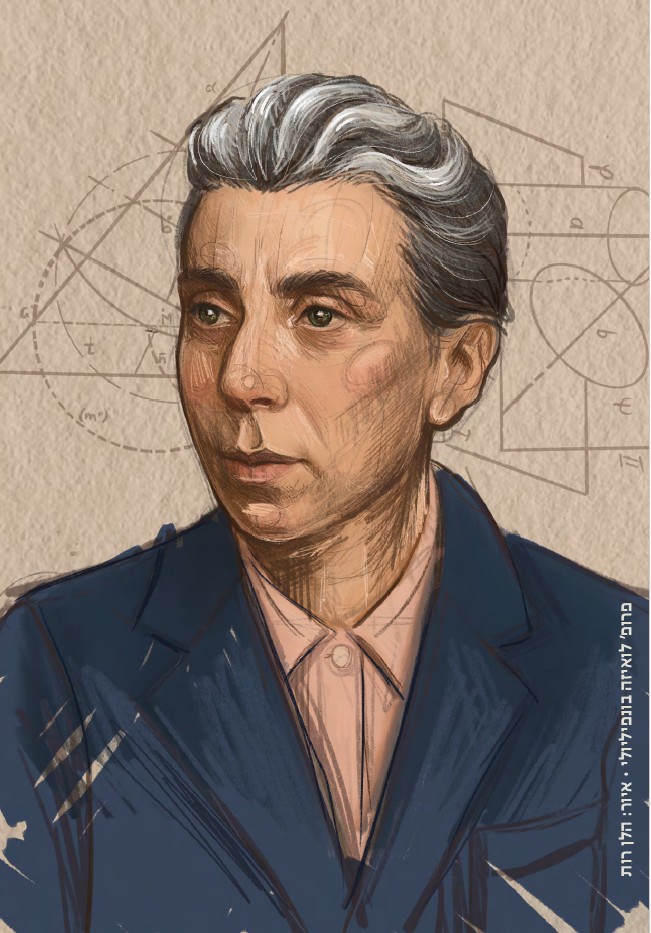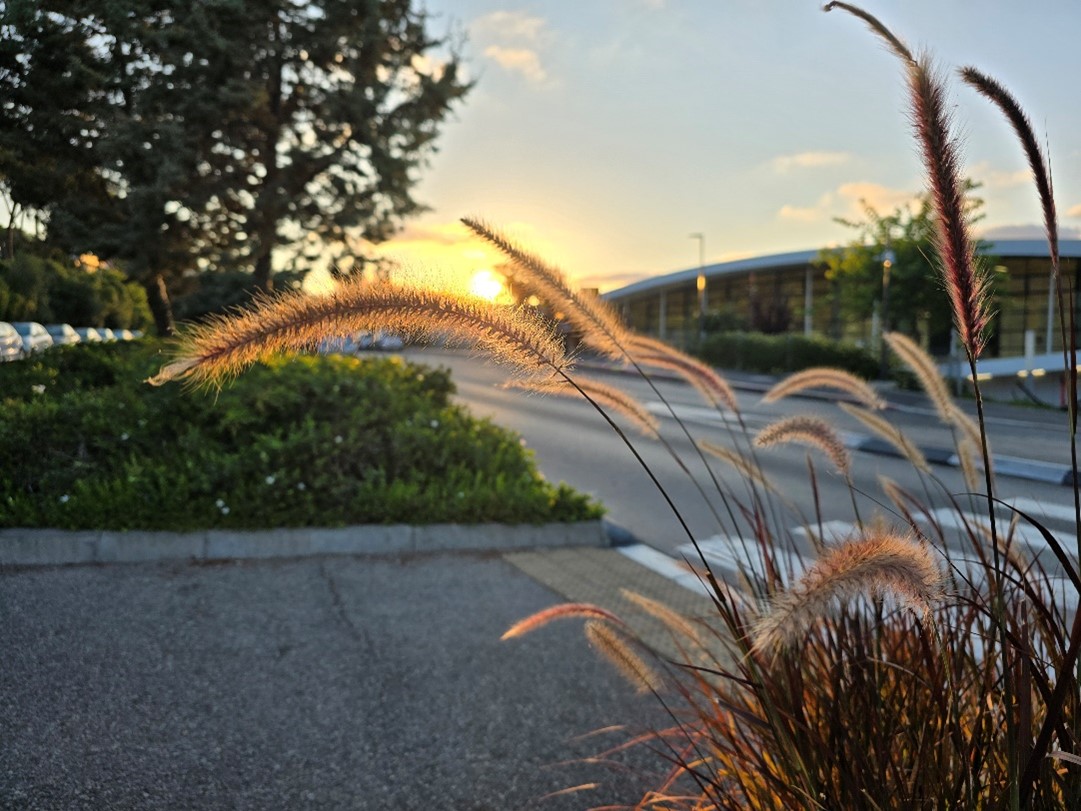מפגש חשיפה של הטכניון
סינמה סיטי גלילות, 12.02.26 - הטכניון מגיע למרכז ליום פתוח הכולל מפגש עם הפקולטות, ייעוץ והיכרות עם מגוון תכניות הלימוד

סינמה סיטי גלילות, 12.02.26 - הטכניון מגיע למרכז ליום פתוח הכולל מפגש עם הפקולטות, ייעוץ והיכרות עם מגוון תכניות הלימוד

נוזל חדש שפותח בטכניון סולל דרך למגוון יישומים בתחומי הקירור והאנרגיה

חוקרים בטכניון גילו שאזורים חסרי מבנה הם המפתח ליכולתם של פקטורי שעתוק למצוא בדיוק וביעילות את האתרים הנכונים על ה־DNA וכך לשלוט בהפעלת גנים

שני ערבי קונצרטים מוזיקליים מיוחדים
25.01.2026 ראשון, בשעה 19:00
הוספה ליומן

יום פתוח לתארים מתקדמים במדעי ההתנהגות והניהול
28.01.2026 רביעי, בשעה 15:00
הוספה ליומן

מפגש חשיפה של הטכניון בסינמה סיטי גלילות
12.02.2026 חמישי, בשעה 16:00
הוספה ליומן

כנס תכנון ובניה - חיפה והצפון 2026
24.02.2026 שלישי, בשעה 08:30
הוספה ליומן

תערוכת "מראות מקום"
30.11.2025 ראשון, בשעה 09:00
הוספה ליומן

תערוכת הצילום "טבע בקמפוס"
16.07.2025 רביעי, בשעה 09:00
הוספה ליומן
100000
בוגרים
18
פקולטות
15000
סטודנטים
60
מרכזי מחקר
ברחבי הקמפוס